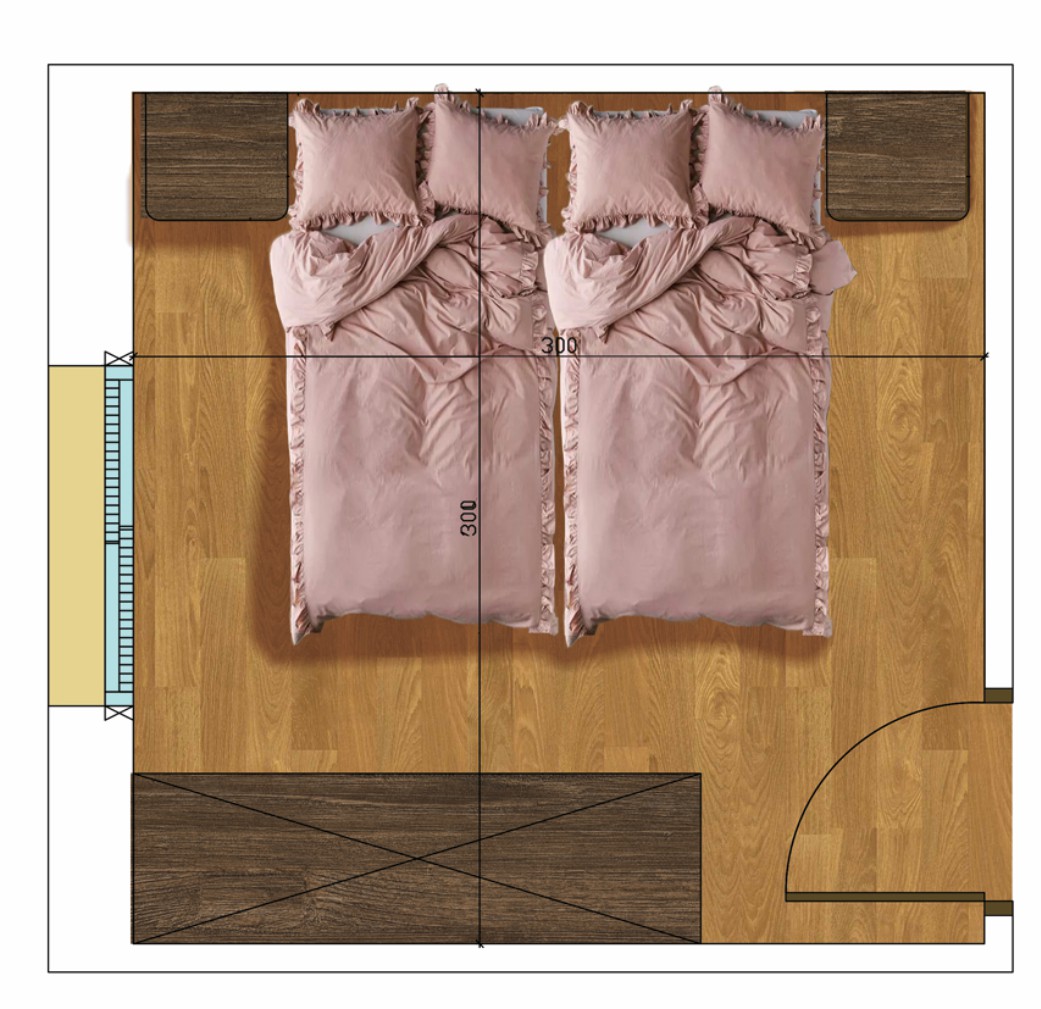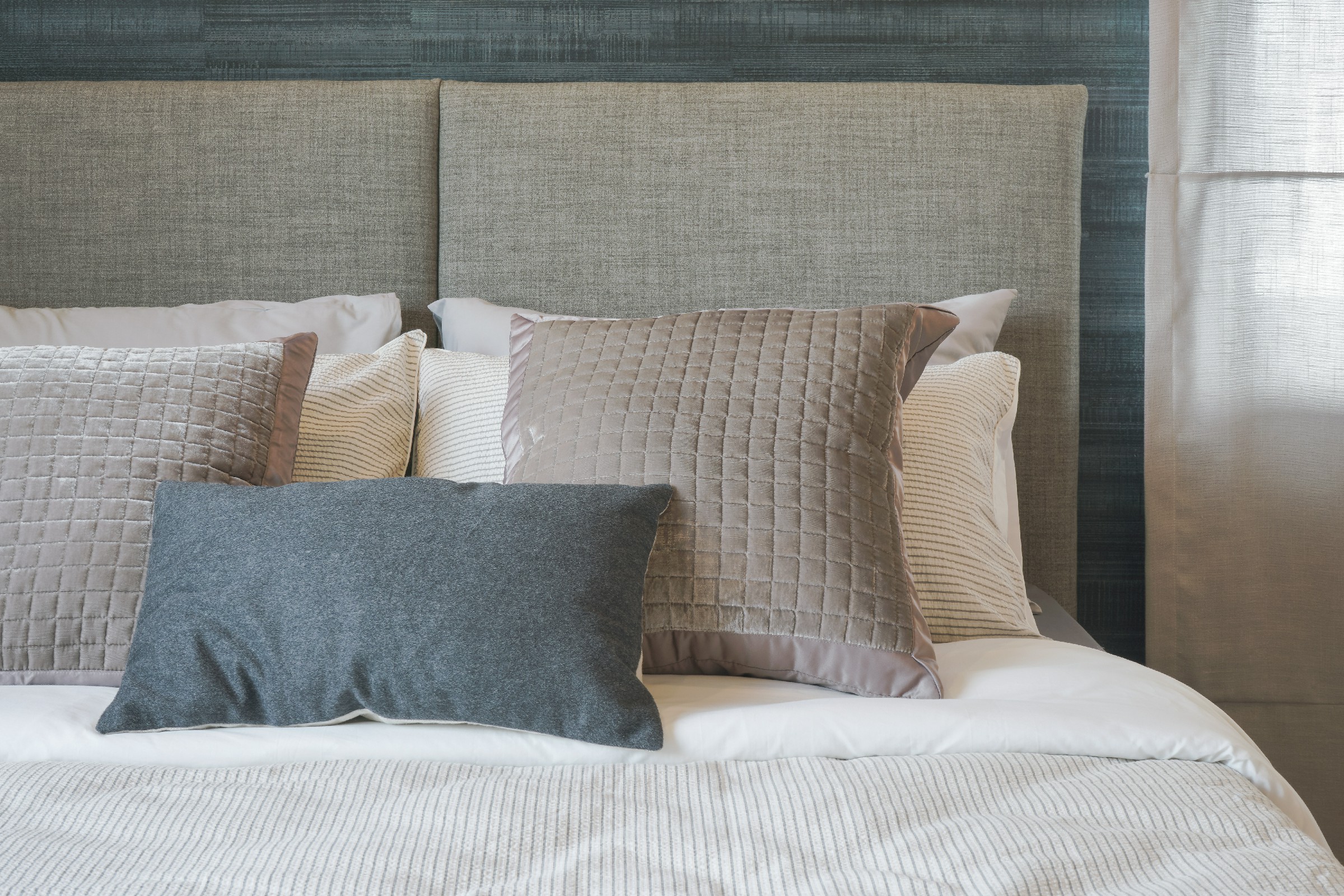Crafting Your Perfect Peaceful Bedroom Retreat
Your bedroom should be a tranquil and inviting space, perfect for unwinding at the end of a long day. Here's how to create your ultimate restful haven.
 (Photo: shutterstock)
(Photo: shutterstock)A bedroom is much more than just a place to sleep. Amidst a demanding, busy, and noisy day, this space keeps us grounded. The promise of calm and relaxation at day's end empowers us throughout the day.
Therefore, a bedroom should be calm and pleasant, a place that invites you to rest at day's end.
Before we start designing a bedroom, first determine what the room needs: bed size, wardrobe, nightstands, a crib, a vanity, etc.
Once that's clear, begin arranging the furniture—always start with the larger pieces: bed and wardrobe. The rest is easier to fit in.
For example, in a standard 10x10 ft room, you might place the beds under the window and the wardrobe on the opposite wall. The downside is that the window becomes less accessible.
A better option is to place the beds on the wall beside the window, keeping it accessible, and the wardrobe on the opposing wall. This also gives you a full wall behind the bed for decoration.


Some tips for designing a bedroom:
- Stick to symmetry as much as possible—symmetry creates harmony and a soothing atmosphere. So, aim to center your beds.
- Highlight one wall in the room to create interest. Personally, I love designing the wall behind the beds.
- Headboard options are endless: fabric, wallpaper, wood, frames, moldings...
I love designing headboards using wood panels or a wooden backdrop incorporated with the nightstands. To complete the look, I add concealed lighting to further accentuate the wall.
 (Photo: shutterstock)
(Photo: shutterstock)- Use neutral and soothing colors. If you still love bold colors, include them as accents (like throw pillows).
- Mix materials—it's crucial to blend materials and colors that complement each other and add intrigue to the room.
One common mistake is purchasing an entire bedroom set, with beds, wardrobe, and nightstands all in the same color; this results in a very dull room.
 (Photo: shutterstock)
(Photo: shutterstock)- Pillows—I personally enjoy using pillows of different sizes, colors, and textures.
 (Photo: shutterstock)
(Photo: shutterstock)- If you have room, add a small seating area. In a tighter space, consider an armless chair to save space.
- Rug—my recommendation is to choose large rugs; avoid small ones.
- Curtains—my suggestion is floor-length curtains.
- Lamps are not just decorative (which adds a lot) but also functional.
Tammy Rotenberg is an architect and interior designer. For inquiries and feedback, email: office@tammyrotenberg.com

